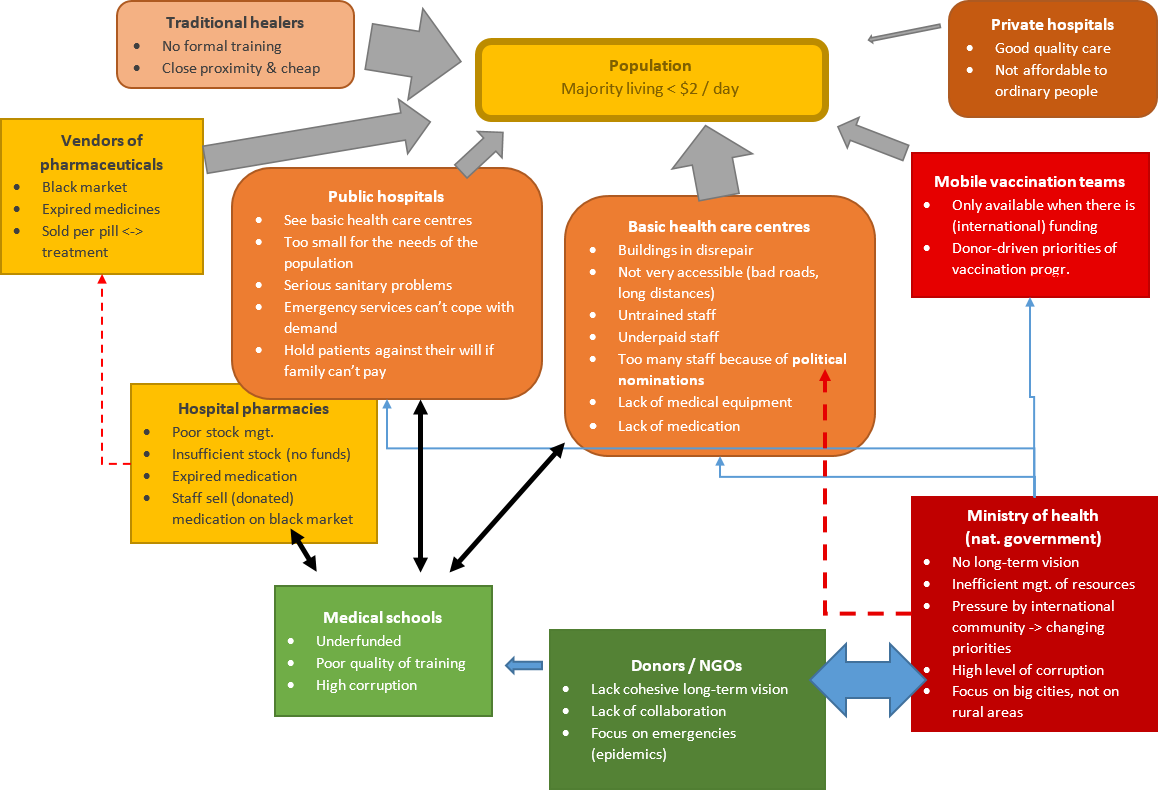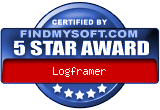1. Identify how change happens in a context
There are many ways to bake a pie and there are many ways to achieve change in a particular context. This is not so much a matter of the right way and the wrong way. Instead it is about identifying the possible strategies to achieve the change that we seek and – importantly – to make our own choices in this matter explicit. This means that you need to develop a thorough understanding of the situation and how different parties interact.
- Who are the different actors that can influence the situation, either in a positive or in a negative way? In other words what are the different forces that have the potential to help achieve the outcomes? Each organisation has its own focus and identity, but many share values, attitudes, relationships, actions and objectives (in line with the outcomes that you will identify). Not all actors will have a positive influence on the desired outcomes and change, so it’s important to identify potential ‘adversaries’ as well and make plans on how to reduce their influence. Alternatively, you could work on changing their attitudes.
- What are the factors in the context that could have a positive or negative influence on the desired change?
- What or who needs to change (targets) and in what timeframe?
Improving your understanding on how change happens can come from discussions within your organisation (making implicit knowledge visible) and with others, from documentation and public sources, from research, from participatory analysis with stakeholders/beneficiaries (workshops, interviews, surveys…) and other approaches.
With the information about the different stakeholders, forces and influences you can create a System Map. This kind of mapping not only allows you to identify who does what, but also to understand how the different forces interact within the context.






Add new comment